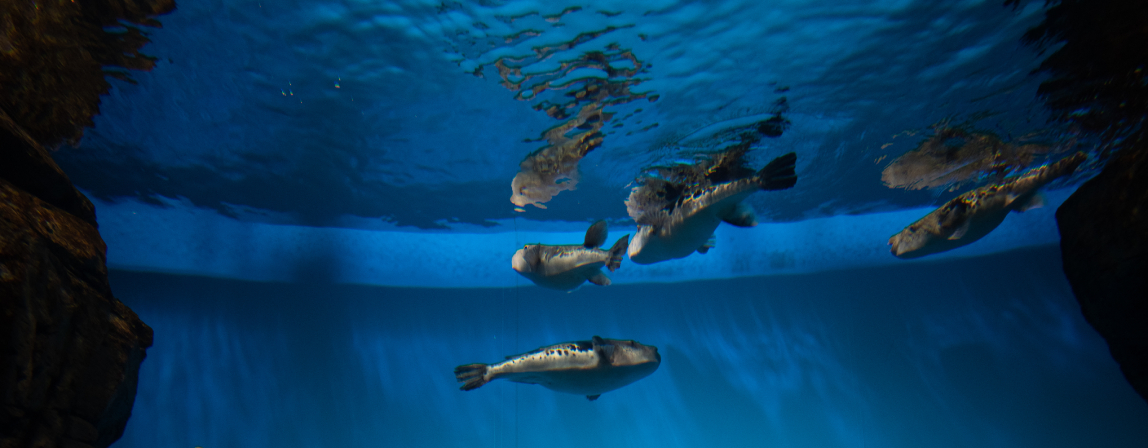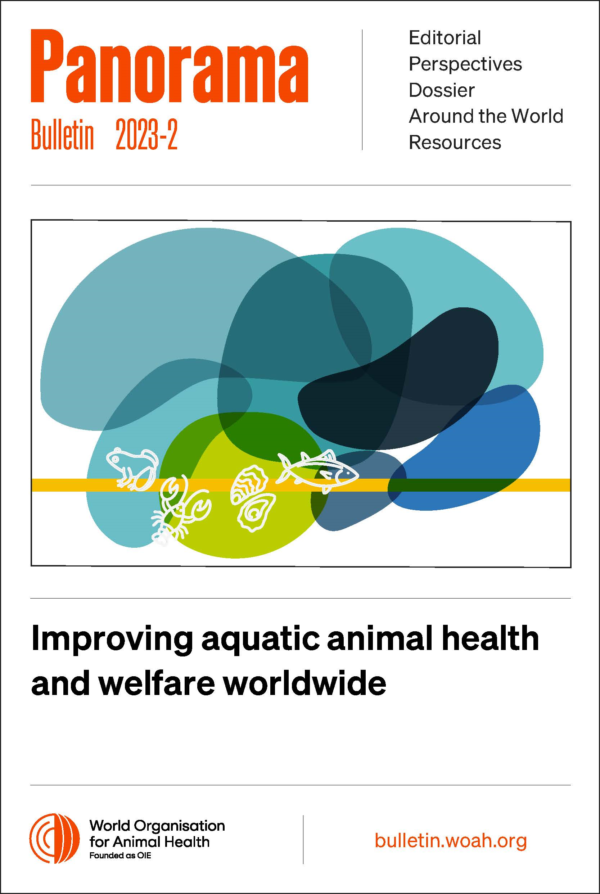Editorial Posted on 2023-12-12 12:52:51
How the WOAH Aquatic Strategy came to be
The launch of the Aquatic Animal Health Strategy in May 2021 answered calls from Members for a coordinated approach to the management of aquatic animal health and welfare worldwide.
The strategy addresses the growing importance of aquatic animal health and its impact on global food security and public health. It was designed to help prevent and control aquatic animal diseases through international collaboration and scientific advances. Thus far, efforts to manage global aquatic animal health and welfare have not kept pace with the rapid growth of aquatic animal production and the increased risk of disease.
WOAH put several initiatives into action to increase and improve the support provided to Members, by recruiting staff who specialise in aquatic animal production, developing new strategies, seeking more funding in this area and promoting better communication of knowledge on aquatic animal health and welfare. This culminated in the 4th Global Conference on Aquatic Animal Health in Santiago, Chile, in 2019. During this conference, the WOAH Director General, Dr Monique Éloit, made a commitment to develop an aquatic animal health strategy to meet both the opportunities and challenges offered by the growth in aquaculture.
The strategy was developed step by step, a process that involved input and collaboration from our Members, partners and scientific institutions. The following are some of the key steps involved in the development of the strategy:
- Establishing the need: WOAH recognised the need to develop a strategy to address the growing importance of aquatic animal health, and to ensure sustainable development of the aquaculture industry.
- Identifying key issues: a survey was conducted to identify the major challenges and needs of aquatic animal production. These findings were used by WOAH and the Aquatic Animal Health Standards Commission to start drafting the strategy.
- Development of the strategy: based on the feedback and analysis gathered during the consultation process, WOAH developed its Aquatic Animal Health Strategy.
- Implementation: WOAH has identified potential strategy activities and projects, and created plans on how to carry them out.
https://doi.org/10.20506/bull.2023.2.3403










